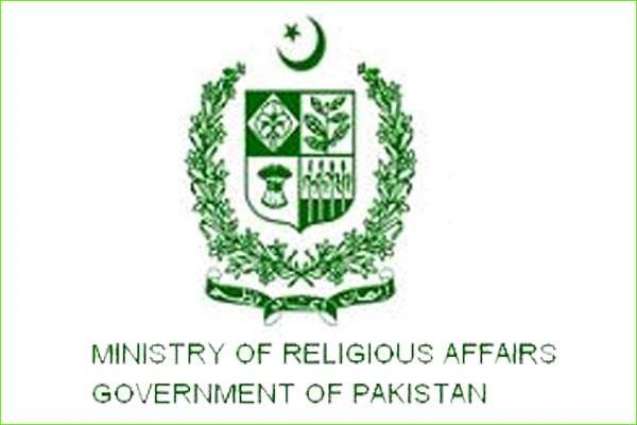Forest fires that broke out over the weekend continue to rage on in various locations of Khyber Pakhtunkhwa’s Swat district, with the latest inferno reported by rescue teams in Kokarai on Sunday morning, a private TV channel reported.
In the hills of Marghuzar, where a fire broke out Saturday morning, efforts to put out the inferno have failed and the fire now threatens to spread to nearby settlements. Several teams of the Levies forces, rescue services and civil defence officials are taking part in fire dousing operations.
Last week, four people were killed after a fire erupted in Shangla district. The fire broke out in the houses located on the hills of Shangla and spread rapidly due to the dry weather. Furthermore, fires broke out earlier this month in Kabal, lower Dir, Barikot, and Charbagh.
Unfortunately, Khyber Pakhtunkhwa has not been the only province to have witnessed the sudden eruption of fires. Last month, a fire broke out in the pine forests of Balochistan which claimed several lives and injured a few people. The fire that started on May 12 was brought under control but started again on May 20 due to hot and dry weather.
Prime Minister Shehbaz Sharif convened a meeting and regretted that the country does not have the resources and expertise to deal with this kind of situation. “I hope that the situation will be managed through the efforts of the departments concerned and the Pakistan Army,” he added.
The premier said that precautionary measures will be taken to protect the forests of Gilgit-Baltistan and Azad Kashmir and the federal government will be contacted in this regard. He added that a helicopter should be arranged to manage the situation immediately.
The Forestry, Environment and Wildlife Department has declared climate change as the major contributor behind unprecedented fire incidents in different forests of Khyber Pakhtunkhwa. In a detailed report prepared by the department on 210 incidents of forest fires occurring during period from May 23 to June 9, it is observed that rising temperatures, a key indicator of climate change, have caused more evaporation of moisture from the ground, drying out the soil and making vegetation more flammable.
Pakistan Meteorological Department (PMD) statistics for national rainfall for the month of March 2022 show rainfall was 62% below normal and the month was the ninth driest month since 1961. Rainfall was largely below normal over all parts of the country with Baluchistan (-66%), Sindh (-65%), Punjab (-65%), KP (-66%) & AJK (-48%).
National rainfall for the month of April 2022 was 74% below normal and the month was the second driest since 1961. Rainfall remained largely below normal over all parts of the country with Punjab (-89%), KP (-79%), Baluchistan (-78%), AJK (-56%) & GB (-51%).














